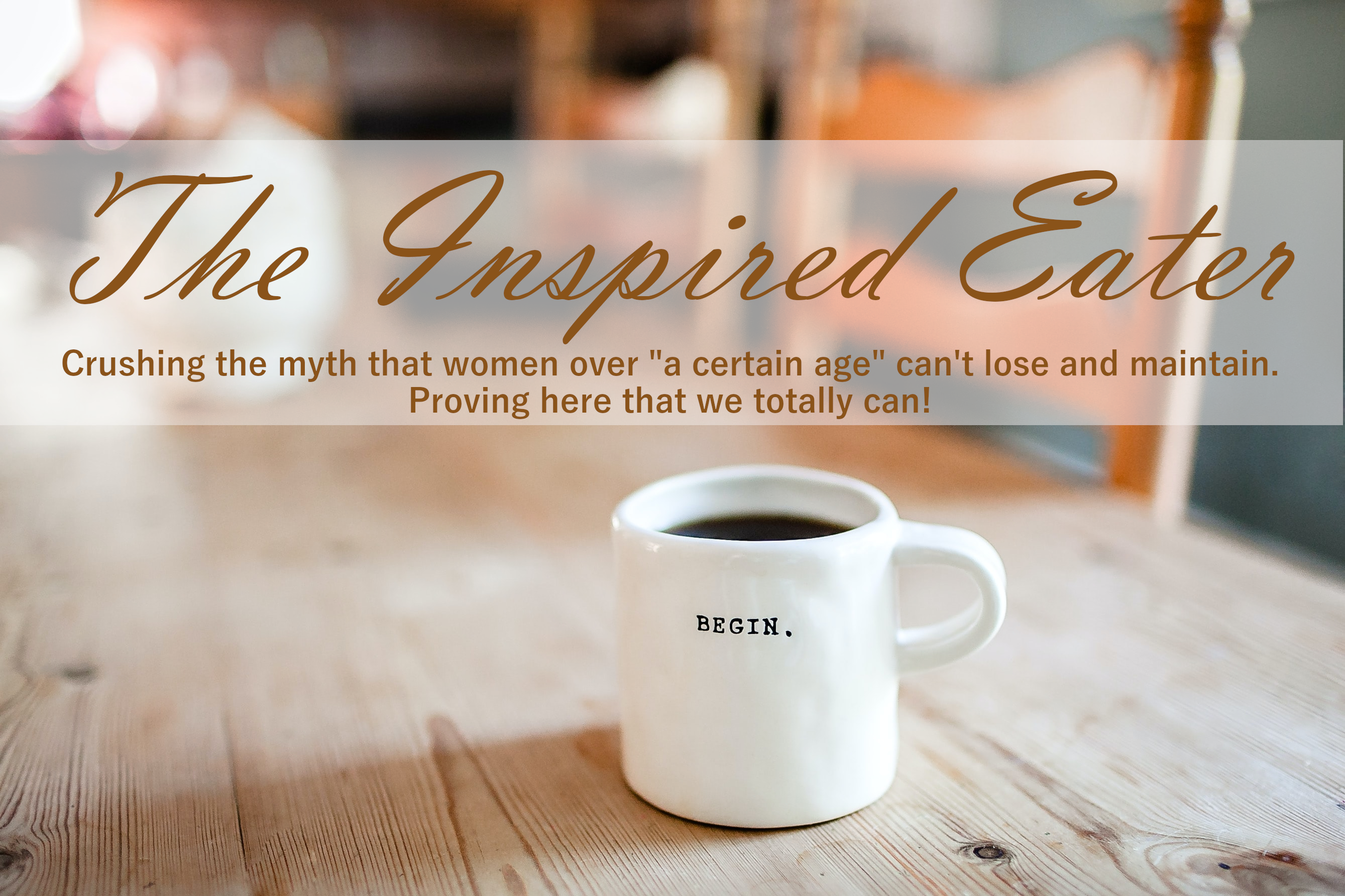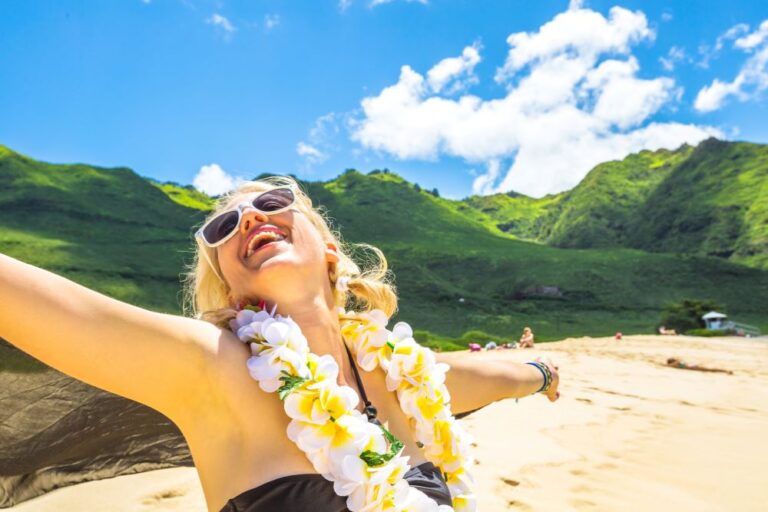Journal-writing is a legit inroad to engaging with yourself. It’s almost like magic.
Pearl One
You want a new solution to an old problem.
Your mom and grandmother wrangled with it, your sister after having two kids is wrangling with it and every podcast I listen to is chit-chatting about it. Wrangling with our weight: everyone has a story to tell.
I believe that having a strong why can take us places.
Reach for Your North Star
Establishing an ironclad why is a powerful way to move our project forward. Why do you want to achieve a forever-loss especially if you have an over-eater at home and why now?
As a one-time therapist, I’ve always known about journal-writing, but while it had seemed fluffy-nice to me I’d assumed that it didn’t produce hard-core results.
Egg on my face.
You and I were never taught that we have a very valuable, sophisticated super-computer atop our shoulders called the human brain. You, me, everyone has the finest brains on the planet and yet this truism isn’t appreciated or even acknowledged in our world. We only stare in awe at Einstein or Musk.
In fact, it’s become a thing in our culture to call ourselves “ditsy,” “scatterbrained” or “a dumb blonde.” Take Princess Diana who was visiting a children’s hospital and told an upset child, “I’m thick as a plank” attempting to provide comfort. In context the comment made sense, but the media went crazy with the quote and forevermore labeled Diana “dumb.”
The human brain is a marvel of nature. Ask your brain for help as you go forward; I Here’s the best way I know of to get in touch with our unconscious.
Journal-writing Review
One powerful way to access your brain’s brilliance is to engage with your unconscious through journal-writing. And – drum roll please — the cost is only a beautiful spiral-bound notebook, a solid pen that works and your curiosity.
The “rules” for your journal are the following:
- Plan to “free write” in your journal as we go forward on the Smart Eating Path. (Writing prompts to come.)
- Ignore what your middle school English teacher said about grammar, typos, run-on sentences, and misspellings; in our journal all are encouraged.
- Show this journal to nobody, it’s only for your private use.
- Feel free to doodle, use different colored pens, write down favorite quotes and so on.
- Journal-write with consistency to help your unconscious feel more comfortable.
- Write in your journal five times in a week is fine.
The key to free-writing is that your unconscious needs to trust that you won’t laugh or sneer at what she reveals. She needs to understand that her thoughts will be respected and valued. Once she sees proof that you’re one-hundred percent in watch as the gems spill from your pen onto the page.
To begin identifying your why give the job to your prefrontal-brain And don’t assume that you need to come up with a deep reason overnight for wanting a forever-loss. Take your time, let your mind go and free-write to the following:
- What strengths do you bring to any endeavor?
- Do you remember a time (can be on any topic, not only food and weight) when you were super motivated and crushed it?
- Can you identify what drove you to success that particular time?
- Think of a second time when you were outrageously successful. Why did you pursue success as hard as you did? In your mind and in your journal, “stack” the two spectacular memories. Memorize the stack.
- In general, how do you keep your momentum during the “messy middle?
- If someone were to call you obsessive, what are you obsessive about?
- What is the “fluffiest” reason you want a forever-loss?
- What’s one of the deeper reasons?
- What do you aim high for? Low for?
- Would it be catastrophic if you don’t lose/preserve at this point in life? Why or why not?
- How strong is your why? How can you strengthen it?
- What does “immersing” yourself in your why mean to you?
- Who/what means more to you than anything in the world and how are they connected to your forever-loss?
- And from Mark Manson: what pain do you want in your life? What are you willing to struggle for?
- Why now? ♥
Pearl Two
Champagne-problems, I know, but can we talk hunger for a moment? I don’t think our world talks enough about hunger and how to deal with it. For example we’re not taught how to work with our stomach. In school we never sat through Managing Your Hunger 101.
So, here’s what I want to share with you. Yes, I’m a little ahead on this trek up the Matterhorn, but make no mistake, I’m still on the same trek as you.
Truth is, I couldn’t have written this post just a few years back. Yes, I’ve preserved my loss for eighteen years now, but I didn’t realize that I was engaging with my stomach in a whole new way. It’s kind of like when a young person gets her first pair of glasses and says, “I can see the leaves on the trees now.” True story.
The longer I preserved my weight the more I’d know whether I was faint-away hungry, bored-hungry, mildly hungry, moderately hungry etc. I’d been having conversations with my stomach and had no idea.
And you know what?! I can even tell you when I want something sweet versus savory, and what kind of texture I wanted: creamy or crunchy. (I LOVE a thriver’s idea to mix Grape-Nuts into yogurt Thank you C!)
Also I can actually — you won’t believe this — feel a touch of hunger and not stampede to the refrigerator!
My point, whether you’re actively losing or are now preserving, begin to engage with your stomach. See if you can identify when you have pass out hunger, mild hunger, or need a bite right now hunger.
It took me well over a decade before I could listen carefully to whatever my stomach was trying to tell me, so be patient and take it slowly. ♥
Pearl Three
Sequencing is taken directly from Cognitive Behavioral Therapy (CBT). The purpose of sequences is to help us move from reacting to circumstances to responding. I encourage you to do a sequence a day in your journal. Powerful stuff.
Automatic Sequence
I’m writing as if I’m a client I had years ago.
- Default situation (something super concrete): I’ve started a small business.
- Immediate thought: I’m not loving work each day and haven’t made any money which makes the effort even harder.
- Feeling: Deep sadness.
- Action: I keep plowing through the work, but my heart isn’t into it at all.
- Result: More days and nights of me talking myself out of continuing. I really want to bail and knowing me, I will.
New Sequence
- Default situation (something super concrete): I’ve started a small business.
- Chosen Thought: I tell myself to take a deep breath and then to write in my journal about the messy middle and how I’ve reacted to it in the past.
- Feeling: Hopeful.
- Action: I put reminders to myself on my desk that nobody likes the messy middle. Through journal-writing I have a deeper understanding of why the messy middle has been such a deal-killer in the past and how I can steady my ship in this current storm.
- Result: Having the deep understanding of my reaction to the messy middle will help me to sail through it. I continue on with my small business. If I hear myself saying, “Lets just throw in the towel” I pointedly tell myself, “there’s the messy middle troll annoying me again.” At that, I send her packing. ♥
Pearl Four
Books love us and want us to be happy
I thought these would be good for Halloween. I read the first book years ago and fell in love with Alice Hoffman’s writing. Everyone did, I’m fairly sure this is the book that put Hoffman on the map.
Practical Magic by Alice Hoffman is a marvel of a read. The woman can write. If you missed it when if first came out, Practical Magic having its 25th anniversary this year. Practical Magic was the first in a trilogy. The second, The Rules of Magic: A Novel and Magic Lessons: the Prequel to Practical Magic. ♥
Pearl Five
“You don’t need to be helped any longer you’ve always had the power.”
Glinda the Good, The Wizard of Oz ♥
🎃, Wendy
You know the scoop: I’m an Amazon affiliate. If you buy from a link in my post, I’ll receive money, but the arrangement won’t cost you a dime.
Are you new to the Inspired Eater? Welcome!! This blog won’t make much sense until you first read the Aunt Bea post (and you’ll find Aunt Bea on this page to the right under my short bio). On your cell you’ll see it immediately following the first post. After you enter your email address, the Aunt Bea article will be sent to your email’s inbox. If it’s not there, you might check the spam folder. And always feel free to email me at Wendy@TheInspiredEater.com and I’ll get Aunt Bea right to you!!
I am not an expert, a doctor, a surgeon, a nurse or a nutritionist: the information within TheInspiredEater.com is based solely on my personal experience and is not intended to be used as a substitute for professional medical advice, diagnosis, or treatment. ♥










